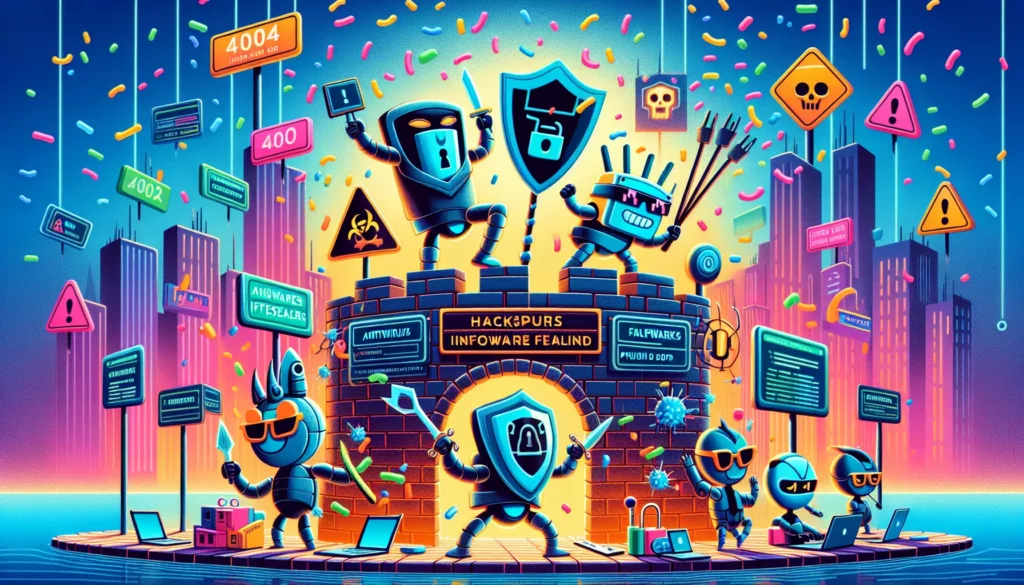Disruption of Lumma Information Stealer Infrastructure
The US Department of Justice (DOJ) and Microsoft have jointly disrupted the Lumma information stealer’s infrastructure. Lumma, also referred to as LummaC or LummaC2, has rapidly emerged since its inception in late 2022 as one of the most prominent infostealers. Infostealers are a category of malware designed to extract sensitive information from compromised devices, relaying this data back to malicious operators. Such information can include usernames, passwords, credit card numbers, and cryptocurrency wallet details.
Operating under a malware-as-a-service (MaaS) model, Lumma’s creators offer access to the infostealer via underground marketplaces and platforms like Telegram. This model enables numerous cybercriminals across the globe to utilize Lumma for their illicit activities.
Lumma’s danger lies in its broad targeting capabilities and evolving sophistication. It not only captures browser-stored passwords and cookies but can also extract autofill data, email credentials, FTP client information, and even two-factor authentication tokens and backup codes. This advanced functionality allows attackers to bypass multiple security layers.
Matthew R. Galeotti, head of the DOJ’s Criminal Division, stated, “Malware like LummaC2 is deployed to steal sensitive information such as user login credentials from millions of victims in order to facilitate a host of crimes, including fraudulent bank transfers and cryptocurrency theft.”
Recent data from Microsoft indicates that more than 394,000 Windows computers worldwide have been infected with Lumma, with the FBI estimating around 10 million infections globally.
Using a court order from the US District Court for the Northern District of Georgia, Microsoft’s Digital Crimes Unit (DCU) successfully seized approximately 2,300 malicious domains integral to the infrastructure of the infostealer. These domains primarily functioned as user panels for Lumma customers, facilitating access and deployment of the malware. The seizure aims to hinder criminals from exploiting Lumma to compromise devices and steal information.
To enhance monitoring capabilities, investigators often reroute traffic from the seized domains to Microsoft-controlled sinkholes. This approach allows them to observe ongoing attacks and gather intelligence to bolster defenses against similar threats. Such takedowns are crucial in disrupting the operations and financial streams of cybercriminals, providing defenders with valuable time and insights to improve security protocols.
Protective Measures Against Information Stealers
While the disruption of Lumma’s infrastructure is significant, the risk posed by information stealers remains prevalent and continues to evolve. To minimize risk, users are advised to implement the following strategies:
– Utilize strong, unique passwords for each account. Consider employing a reputable password manager to securely manage these credentials.
– Enable multi-factor authentication (MFA) wherever possible. Although Lumma attempts to bypass such measures, MFA significantly enhances security.
– Exercise caution when interacting with emails and downloads, as Lumma often spreads via phishing emails and malicious downloads disguised as legitimate content.
– Maintain current software and operating systems to close vulnerabilities that malware could exploit.
– Regularly monitor financial and online accounts for any suspicious activity.
– Familiarize yourself with commonly used phishing and social engineering tactics to avoid falling victim to scams.
– Implement a real-time anti-malware solution to detect and block potential threats proactively.
By understanding the operational methods of threats like Lumma and taking proactive protective measures, individuals can significantly decrease their vulnerability to such digital threats.
Utilizing available resources to check for potential data breaches is essential. Tools that allow individuals to investigate whether their personal data has been compromised can provide critical insights, particularly considering the significant volume of stolen records associated with Lumma that circulates on underground networks.
In the realm of cybersecurity, it is imperative to be proactive, safeguarding one’s digital identity and that of family members through comprehensive protective measures and awareness of potential threats.








